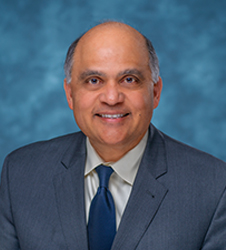Symptoms vary, depending on the defect.
Septal defects
In childhood, there may be few, if any, symptoms. Teens and adults may experience the following:
- Palpitations,
- Fatigue,
- Shortness of breath, and
- Heart murmur.
Coarctation of the aorta
Symptoms may include:
- Lightheadedness,
- Fainting,
- Nosebleeds,
- Headaches,
- Cold feet or legs,
- Leg cramps while exercising,
- Localized hypertension,
- Low stamina.
Aortic valve defects
People with aortic stenosis, or narrowing, may not experience any symptoms until they develop congestive heart failure. Those with aortic regurgitation, a leaky valve defect, may experience the following:
- Palpitations
- Chest pain
- Night sweats
Mitral valve defects
People with mitral valve defects may not display symptoms until their 30s, when they may experience:
- Fatigue
- Weakness
- Ankle swelling
- Congestion
- Shortness of breath while lying down or after exercise
- Palpitations
- Chest discomfort
- Lightheadedness
- Loss of consciousness
- Symptoms of heart failure
Pulmonic valve defects
When pulmonic stenosis, or narrowing, is severe, people may experience:
- Shortness of breath while exercising
- Fatigue
- Swelling in the arms, legs, and abdomen
- Audible heart murmur
- Cyanosis (bluish skin color)
Tricuspid valve defects
The symptoms of tricuspid stenosis, or narrowing, include:
- Upper right abdomen discomfort
- Fatigue
- Weakness
- Shortness of breath
- Fluid retention
- Nausea
- Vomiting
- Cyanosis (bluish skin color)
Those with tricuspid regurgitation, or a leaky valve defect, may also have an enlarged liver.
Tetralogy of Fallot
Symptoms that may indicate Tetralogy of Fallot include:
- Cyanosis
- Anxiety
- Breathing difficulties
- Loss of consciousness after activity
- Bulging nail beds
- Symptoms of congestive heart failure


